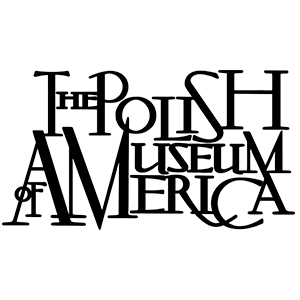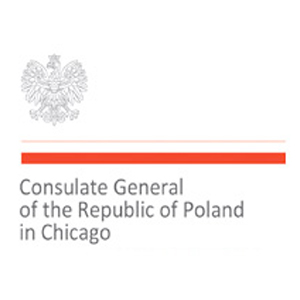
1607: Where a Nation Began
Jamestown, Virginia, the first permanent English settlement of the New World, was established by the Virginia Company of London in 1607. “Altogether, 144 mariners and adventurers set out from Blackwall docks to the east of London in the last days of 1606 to found an English colony somewhere on the Chesapeake Bay.”
Although the initial drive behind the Virginia Settlement was the pursuit of abundant resources from the highly speculated lands, the settlers soon realized that their fortunes would solely depend on their own endeavors, even amidst setbacks.

1608: Poles Arrive at Jamestown
By the end of the first year, it was decided that the colony would need more people and supplies in order to continue. In October 1609, the ship Mary Margaret returned with approximately 70 people, including “eight Dutch men and Poles,” a Swiss man from London, and the first two women to join the colony.
The first non-English colonists, hired to organize new industries and train the settlers, were skilled master craftsmen and industry specialists in soap ash, glass, lumber, shipbuilding materials (tar, pitch, turpentine), and mining.
Captain John Smith gave high marks to the Poles’ work ethic, writing: "Only the Dutch-men and Poles, and some dozen others...knew what a dayes worke was.” Although we have limited knowledge about the identities of these Polish workers, their influence on society was significant.

1619: Polish-Americans are Born
Historical records from 1619 indicate that, following a labor dispute and work stoppage, Polish residents were granted the right to vote for themselves and all future Polish immigrants. The governing body of Jamestown recognized the Poles’ contributions and ensured their equal status. Moreover, due to their exceptional skills, the Poles agreed to offer apprenticeships to young men in the community, ensuring the perpetuity of these valuable trades. This work stoppage is considered the first labor strike for improved rights on American soil.
Unfortunately, the first Dutch and Polish Settlers’ names do not appear on the passenger manifest. They might have remained with the colony and died in the famine of 1610, perhaps left in 1609-10 by the terms of their contract, or they might have been among the fortunate few to survive past 1610.
By 1619, over 50 Polish families had established a life in the New World, therefore cementing Poland’s foothold in the American Story.

John of Kolno
The Half mythical Polish sailor, in the service of the King of Denmark reached the American coast in 1476, 16 years before Columbus.
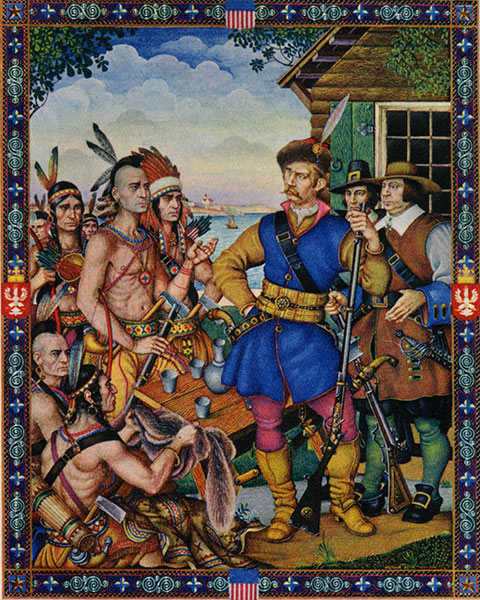
Olbracht Zaborowski /Zabriskie (1638-1711)
A Polish Unitarian, one of the first settlers in the former New Holland (about 1650), the ancestor of a widely spread American family of Zabriskie.
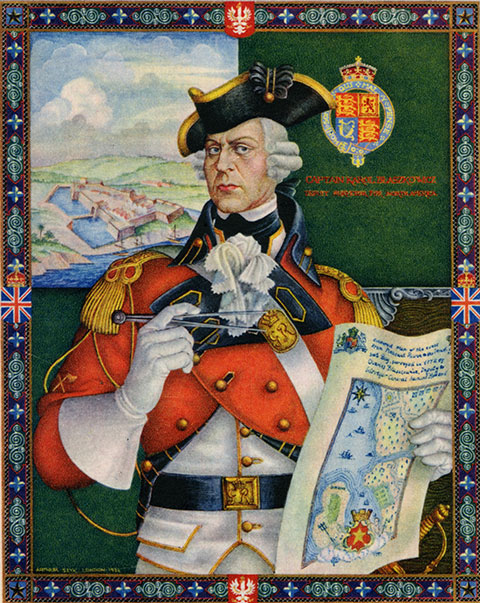
Charles Blaszkowicz (1750/51-1823)
A gifted cartographer, whose beautiful maps, especially the map of the fortifications in the Narragansett Bay, are preserved until today, made the first surveying measurements of the American Coast, from Newfoundland to Rhode Island.
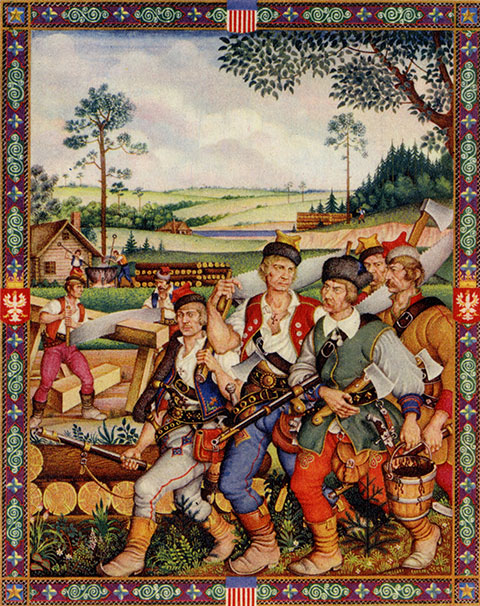
The Polish Pioneers in Virginia in the 17th Century
The Polish Pioneers, highly sought after by the English for their exceptional skills, arrived in the Jamestown colony in Virginia in 1608.
